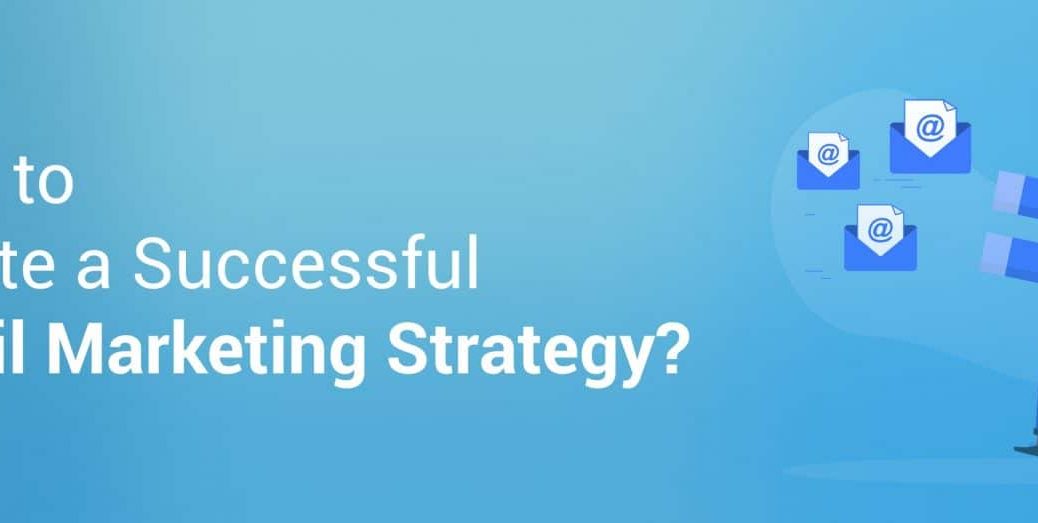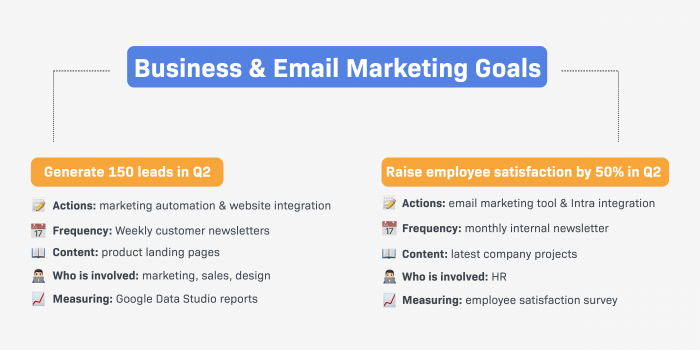
Creating an Effective Email Marketing Plan: A Step-by-Step Guide
Email marketing is an effective way to reach out to potential and existing customers, promote brand awareness, and generate sales. A well-crafted email marketing plan can help you achieve your marketing goals and increase revenue for your business. In this article, we will outline a step-by-step guide on how to create an effective email marketing plan.

Step 1: Define Your Objectives
Before you start creating your email marketing campaign, you need to define your objectives. What do you want to achieve through your email marketing efforts? Do you want to increase brand awareness, generate leads, promote sales, or retain customers? By defining your objectives, you can create a more targeted and effective email marketing campaign.
Step 2: Build Your Email List
Your email list is the foundation of your email marketing campaign. You need to build a high-quality email list of potential and existing customers who have opted-in to receive your emails. You can use various tactics to build your email list, such as offering incentives, creating lead magnets, or using social media.
Step 3: Segment Your List
Segmenting your email list is a crucial step in email marketing. By segmenting your list based on demographics, interests, or behavior, you can create more targeted and personalized emails that are more likely to engage your subscribers.
Step 4: Craft Your Email Content
Your email content is what will make or break your email marketing campaign. You need to craft compelling, relevant, and personalized content that resonates with your subscribers. Your email content should be concise, easy to read, and visually appealing. You can use various types of content, such as text, images, videos, or GIFs, to create engaging emails.
Step 5: Design Your Email Template
The design of your email template is also crucial to the success of your email marketing campaign. You need to create an eye-catching and responsive email template that looks great on all devices. Your email template should have a clear call-to-action (CTA) that encourages your subscribers to take action.
Step 6: Test and Optimize Your Emails
Testing and optimizing your emails is a continuous process that can help you improve the effectiveness of your email marketing campaign. You can test various elements of your emails, such as subject lines, CTAs, images, or copy, to see what works best for your audience. By analyzing the results of your tests and optimizing your emails, you can improve your open rates, click-through rates, and conversion rates.
Step 7: Track Your Results
Tracking your results is essential to measuring the success of your email marketing campaign. You need to track various metrics, such as open rates, click-through rates, conversion rates, and unsubscribe rates, to see how well your emails are performing. By tracking your results, you can identify areas for improvement and make data-driven decisions to optimize your email marketing campaign.
Conclusion
Email marketing is a powerful tool that can help you achieve your marketing goals and grow your business. By following the above steps, you can create an effective email marketing plan that engages your subscribers, builds brand awareness, and generates revenue. Remember to keep testing, optimizing, and tracking your results to continuously improve your email marketing campaign.

Here are a few more email service providers that you can consider for your email marketing needs:
Sendinblue: Sendinblue is an all-in-one marketing platform that offers email marketing, SMS marketing, chat, and more. It provides features like drag-and-drop email builder, automation workflows, and segmentation.
Drip: Drip is an eCommerce CRM that specializes in email marketing. It offers features like automation workflows, email personalization, and segmentation.
MailerLite: MailerLite is an email marketing software that offers features like email templates, automation workflows, and landing pages. It also provides a free plan for up to 1,000 subscribers.
ActiveCampaign: ActiveCampaign is a marketing automation platform that offers email marketing, automation workflows, CRM, and more. It provides features like conditional content, split testing, and dynamic content.
HubSpot: HubSpot is an all-in-one marketing platform that offers email marketing, CRM, automation workflows, and more. It provides features like drag-and-drop email builder, segmentation, and lead scoring.
These are just a few examples of email service providers that you can consider for your email marketing needs. It’s important to choose a provider that fits your business needs, budget, and goals.